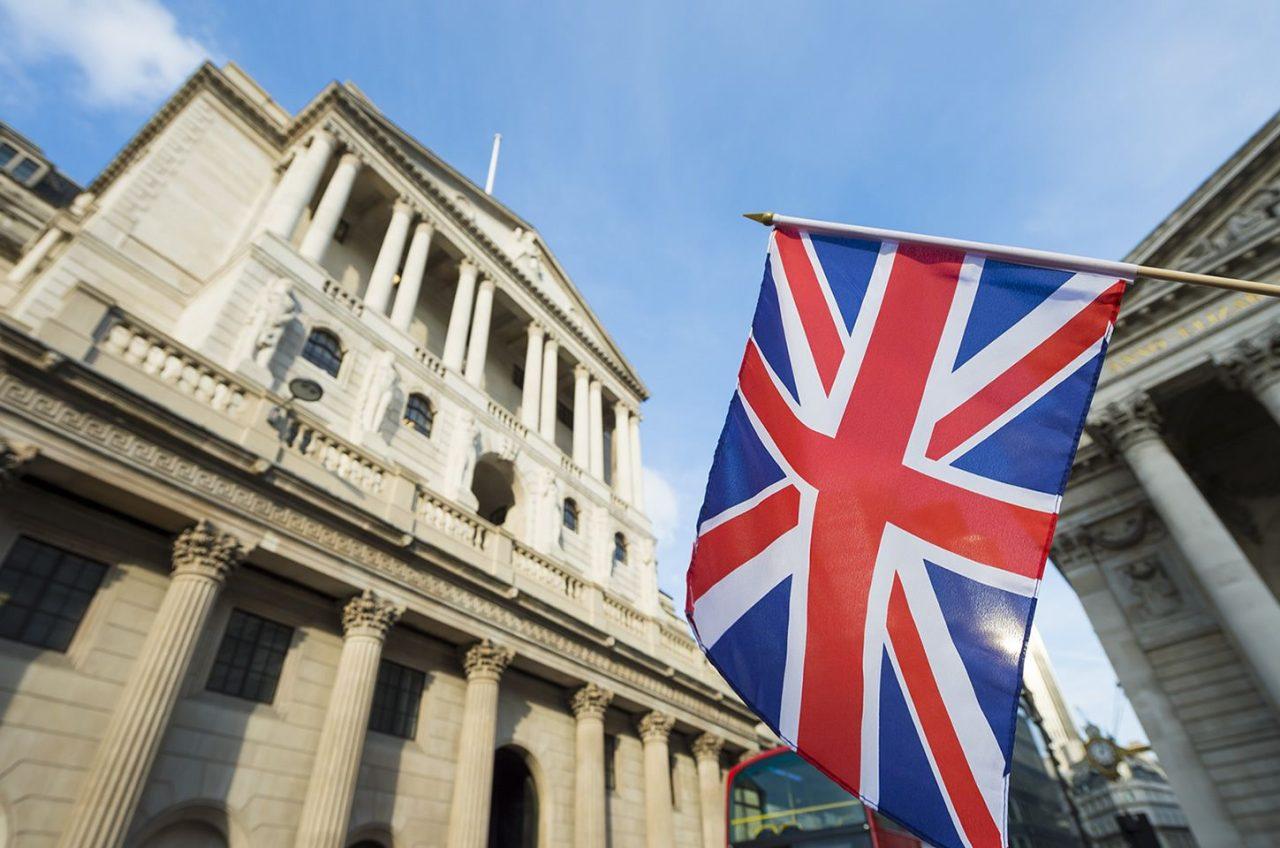- The Bank of England held rates at 5.25% – after successive hikes since December 2021.
- It followed a sharp fall in core inflation in August and signs the labour market is cooling.
- Cuts to interest rates are still not expected until late next year and the Bank has kept door open for another hike.
- The pound fell to its lowest level since the end of March and housebuilders lifted before erasing some gains.

The Bank of England has finally pushed the big red pause button, prompting a rush of relief for companies and consumers bearing the brunt of higher borrowing costs. Although this is likely to be the last hike in the cycle, the bank is still keeping the door open to another rate hike, if inflationary pressures persist, although with signs that demand is being squeezed out of the economy, the hold button is set to stay in place for a considerable time.
The surprise drop in inflation over the year to August, despite the upwards march in oil prices, saw the bank fast forward its decision to halt the relentless rise in interest rates. The sharp fall in core inflation, stripping out volatile food and fuel prices, clearly took policymakers by surprise given that last month only one policymaker had voted for a pause. This time the decision was made to keep rates on hold by a majority of 5 to 4, signaling the growing strength of feeling that the economy is slowing fast and previous rate hikes, once left to work their medicine will be enough to push prices lower.
Although hot wage growth is still a lingering worry, other data showing unemployment rising and companies being more reticent to hire staff, policymakers see the labour market cooling more quickly in the months to come. There effect of previous rate hikes is yet to be felt and more tranches of mortgage holders will be forced to switch to more expensive deals in the months to come, denting their spending power. Even though we’ve had this much longed for pause, it doesn’t mean that we’ll see rate cuts any time soon and the possibility of another rate hike is still in the wings. The language in the minutes, highlighting the need for restrictive monetary policy to continue, signals that higher rates are set to linger, most likely until the back half of next year. Of course if a recession emerges, there is a chance that rate cuts may be brought forward, but the policymakers are still hoping to avoid that eventuality and by pausing now fingers are crossed that inflation will keep coming down but the economy will still avoid a hard landing.
The pound has reached its lowest level the end of March, dipping to $1.22 against the dollar, on expectations of this pause and also because of a stronger dollar – given that the Federal Reserve indicated it will go for another rise after another pause yesterday. The FTSE 100 climbed back sharply into positive territory, but then dipped back again, as investors assess the difficulties ahead for the UK economy and looked further afield to the prospect of the Fed raising rates again later this year, and the knock-on effect to growth in the United States.
Housebuilders initially lifted in a relief wave, with rays of light appearing at the end of a long dark tunnel. Persimmon, Berkeley Homes and Taylor Wimpey were among the risers, however some gains have been erased as investors assess the prospect of higher interest rates lingering for longer. It may mean that the homebuilding landscape will get tougher before it gets better. High inflation and rising interest rates have made mortgage affordability tough for buyers. That’s really weighing down demand at the moment and its unlikely to change any time soon.
The article is contributed by Susannah Streeter, Head of Money and Markets, Hargreaves Lansdown.
Tradersdna is a leading digital and social media platform for traders and investors. Tradersdna offers premiere resources for trading and investing education, digital resources for personal finance, market analysis and free trading guides. More about TradersDNA Features: What Does It Take to Become an Aggressive Trader? | Everything You Need to Know About White Label Trading Software | Advantages of Automated Forex Trading









